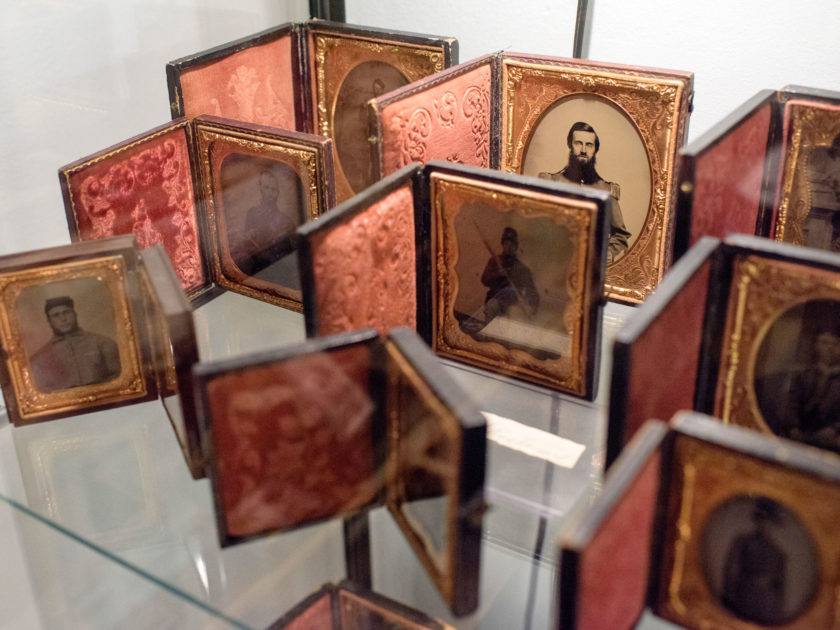I spend considerable time peering into the faces of a generation of Americans who lived and died long before I came into this world. Their likenesses, captured by photographic artists using nascent technologies, reveal the human condition in exquisite detail. I pore over expressions, physical characteristics, clothing, backdrops and other studio furnishings to glean some sense of these people who lived in a defining moment in our nation’s history—and of civilization.
Many are anonymous individuals, names separated from faces, their identities lost in time and space. Some were fated to keep their names, thanks to a flourish of ink or a carefully folded note tucked into a case. The latter group propels me on anticipation-stoked journeys down research rabbit holes along twisted paths in pursuit of fragments of information connected to those names. If I am doggedly determined and catch a lucky break or two, my investigations can yield rich details that tell the story behind the face.
Abraham Lincoln put it in his 1858 House Divided speech, “If we could first know where we are, and whither we are tending, we could better judge what to do, and how to do it.”
The stories and faces bring these individuals into focus—if only for a fleeting moment. No matter what their station in life, how they responded to the challenges of their time is worthy of study and reflection. They read like a guidebook to our American journey. As Abraham Lincoln put it in his 1858 House Divided speech, “If we could first know where we are, and whither we are tending, we could better judge what to do, and how to do it.”
This issue contains a wealth of personal narratives and portraits that explore the wheres, whithers, whats and hows. Our cover feature, “Chaplain Chronicles,” profiles 40 clergymen. “Agent of the Cotton War” recounts the story of James T. Ames, whose activities before, during and after the Civil War went far beyond the sword manufacturing for which his name is best known. “Perfect Tiger” relates the life and times of a Connecticut colonel who proves a study in contradictions. “Caught in the Crossfire” tells the story of a surgeon between feuding generals.
Spend some time reading about these soldiers and sailors and their part in our American story, with all its triumphs and tragedies.
Ronald S. Coddington
Editor & Publisher
SPREAD THE WORD: We encourage you to share this story on social media and elsewhere to educate and raise awareness. If you wish to use any image on this page for another purpose, please request permission.
LEARN MORE about Military Images, America’s only magazine dedicated to showcasing, interpreting and preserving Civil War portrait photography.
VISIT OUR STORE to subscribe, renew a subscription, and more.

